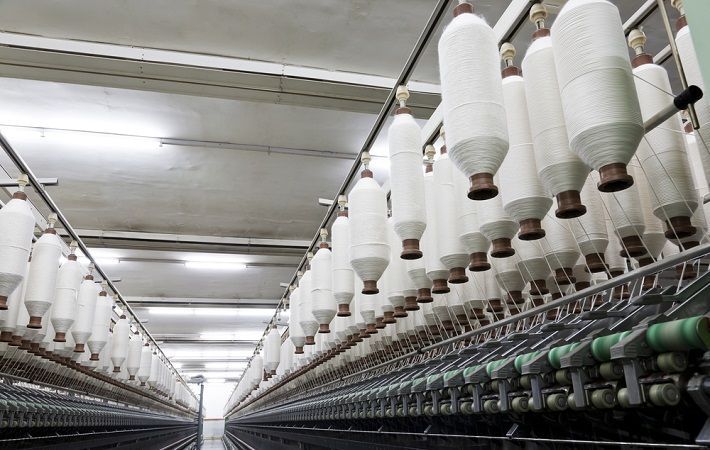
Higher spreads between cotton and cotton yarn, together with buoyant domestic and export demand, and increased capacity utilisation levels, will push up the operating profitability of cotton-yarn spinners to a 10-year high, of 20-23 per cent, this fiscal.
In fiscal 2023, operating profitability is expected to moderate to 15-18 per cent due to a more balanced demand-supply situation, and higher input (cotton) prices, but will still remain above the pre-pandemic level of 12-14 per cent, as per the analysis of 98 cotton yarn spinners (accounting for 35 per cent of the sector’s revenue) by Crisil.
Revenue of cotton spinners will grow over 35 per cent this fiscal, on a low base and 10-15 per cent next fiscal, supported by buoyant domestic demand. Besides, export demand is expected to remain healthy continuing to be benefitted from the ban on exports from Xinjiang region in China and competitive domestic cotton prices vis-à-vis international prices.
Domestic demand for cotton yarn has been recovering from the second quarter of fiscal 2022, driven by a pick-up in the downstream readymade garments and home textiles segments. On the other hand, export demand also is healthy, given improved cost competitiveness of domestic spinners, and the China+1 policy following US restrictions on the use of Xinjiang cotton. Hence, cotton yarn prices are likely to continue to be higher, though slight correction from current peak levels can be expected in near term as the demand-supply imbalance of cotton yarn eases out.
Gautam Shahi, director, Crisil Ratings, said “Operating profitability of spinners is estimated to improve to decadal high of 20-23 per cent this fiscal compared to historical levels. A bumper cotton harvest last season (October 2020-September 2021) led to oversupply of cotton in the domestic market and limited the increase in cotton prices. On the other hand, yarn prices increased sharply due to buoyant export demand and high international cotton prices.”
That said, since December 2021, cotton prices have begun rising as the cotton crop this season is expected to be lower due to unseasonal rains and will lead to moderation in operating profitability to 15-18 per cent next fiscal.
Also, capacity utilisation of Indian cotton spinners is estimated to have reached 90-95 per cent. To meet the surging demand, domestic industry is expected to enhance capacity by 20-25 lakh spindles (5-7 per cent of capacity) annually, thus requiring capital expenditure of ₹12,000-₹15,000 crore in each of the next two fiscals.
Continuation of the ban on Xinjiang cotton and movement of domestic cotton prices vis-à-vis international prices will be key monitorables.
ALCHEMPro News Desk (KD)
Receive daily prices and market insights straight to your inbox. Subscribe to AlchemPro Weekly!